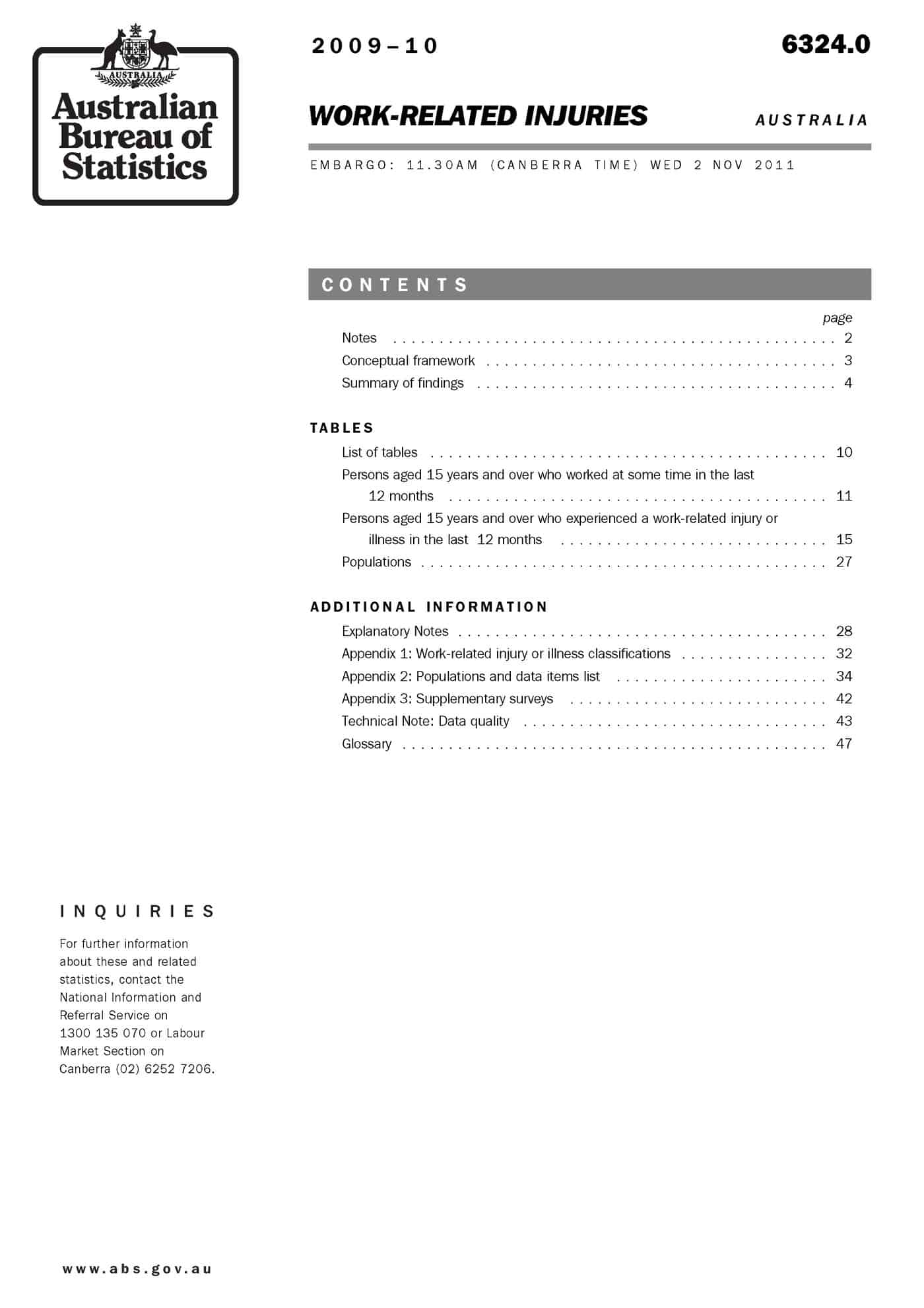 The SafetyAtWorkBlog inbox this afternoon received a document entitled “The Work Health Safety Bill – Review and Economic Impact Estimates” by consulting firm, Hudson Howells. SafetyAtWorkBlog has been advised that this report was recently prepared at short notice on behalf of the Housing Industry Association (HIA). It may be one of the documents seen by at least one South Australian Parliamentarian in the recent debate on OHS harmonisation, as reported in a blog article earlier today.
The SafetyAtWorkBlog inbox this afternoon received a document entitled “The Work Health Safety Bill – Review and Economic Impact Estimates” by consulting firm, Hudson Howells. SafetyAtWorkBlog has been advised that this report was recently prepared at short notice on behalf of the Housing Industry Association (HIA). It may be one of the documents seen by at least one South Australian Parliamentarian in the recent debate on OHS harmonisation, as reported in a blog article earlier today.
The document provides some background to the HIA’s claims that the costs of domestic housing may increase by around $A20,000 per dwelling due to the introduction of harmonised workplace health and safety laws in South Australia. Continue reading “Opinion to HIA based on estimates, assumptions and unverified data”


 Safe Work Australia has released a couple of packages of draft codes of practice in line with the Australian Government’s OHS harmonisation strategy but where is the code that addresses the established risk of environmental tobacco smoke (ETS) or second-hand smoke? This is a question that was asked during the recent Safe Work Australia week by
Safe Work Australia has released a couple of packages of draft codes of practice in line with the Australian Government’s OHS harmonisation strategy but where is the code that addresses the established risk of environmental tobacco smoke (ETS) or second-hand smoke? This is a question that was asked during the recent Safe Work Australia week by